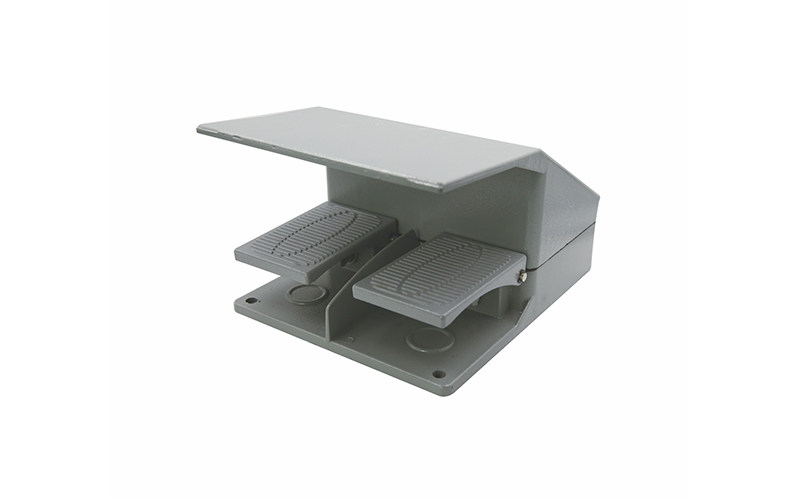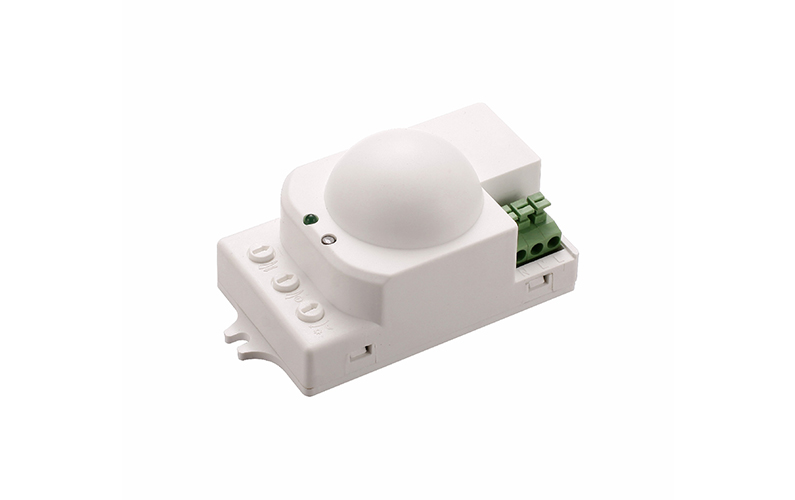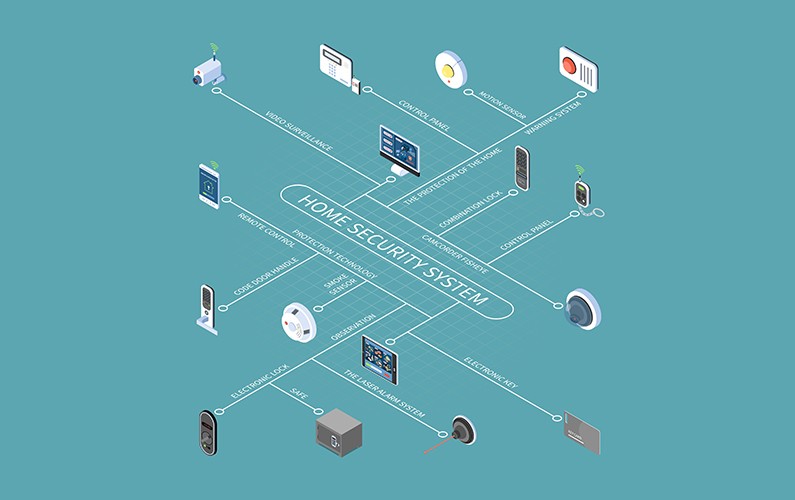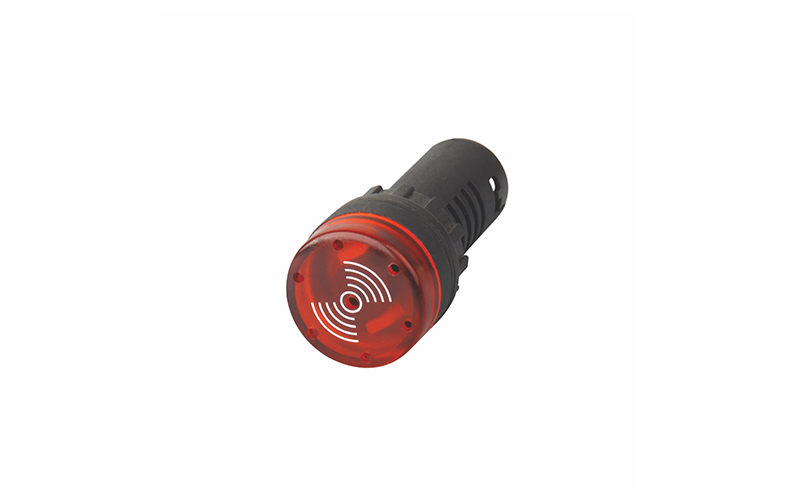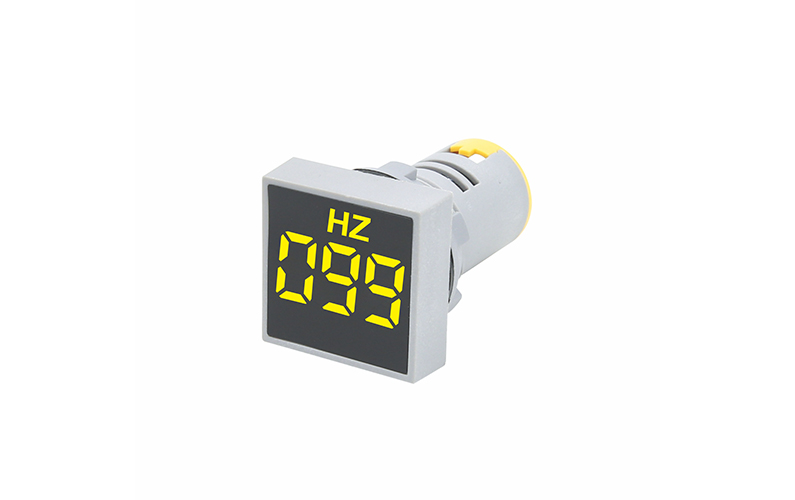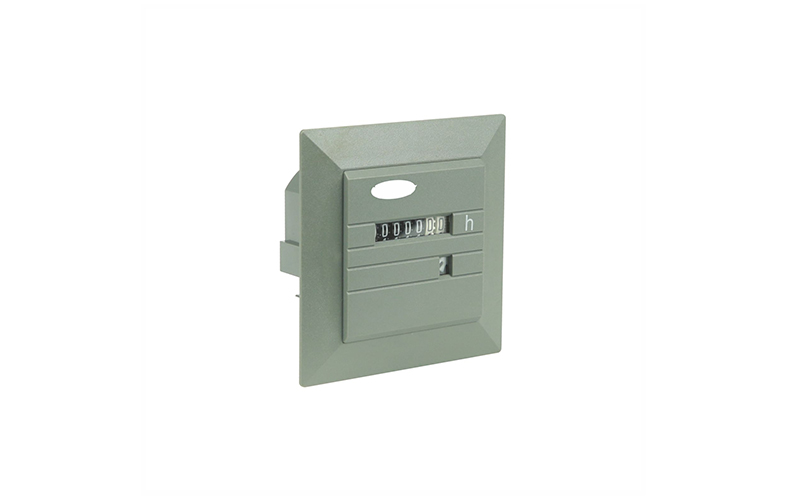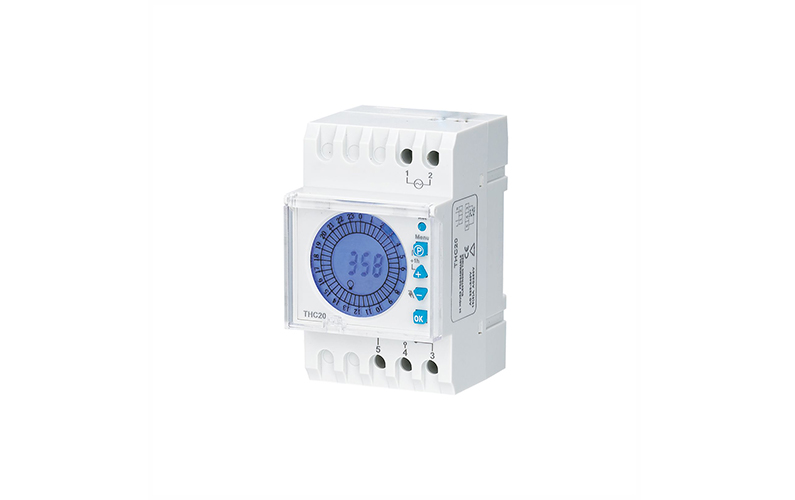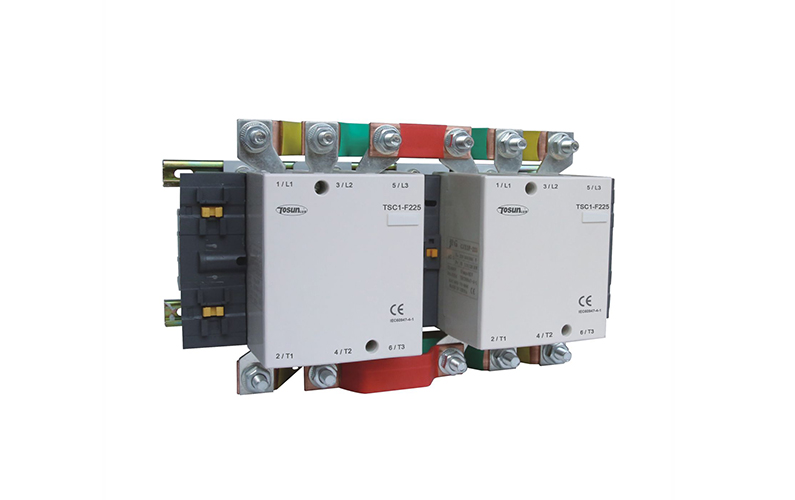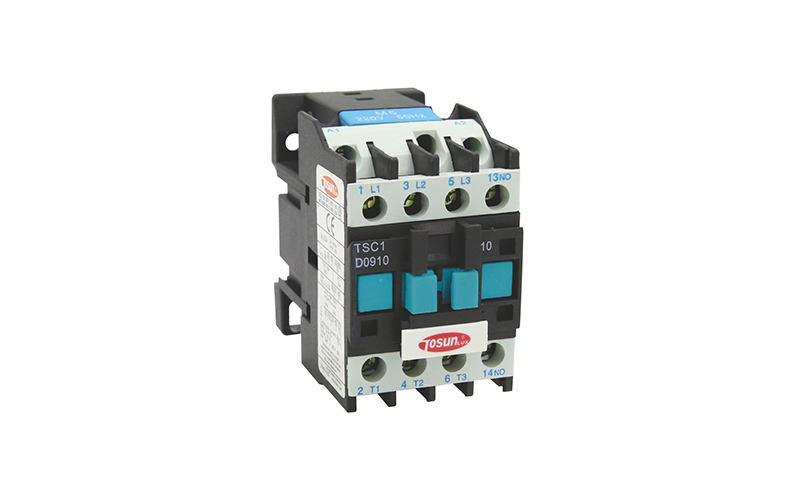The Complete Guide to LED Indicators
12th Aug 2023
LED indicators, also known as LED lights or simply LEDs (Light Emitting Diodes), are small semiconductor devices that emit light when an electric current passes through them. These versatile and energy-efficient components find extensive use across various industries and applications, serving as visual indicators, status indicators, and warning lights. This complete guide to LED indicators aims to shed light on their functionality, characteristics, and diverse applications in modern technology and everyday life. The functionality of LED Indicators LED indicators work on the principle of electroluminescence. When a forward voltage is applied to the LED’s semiconductor junction, electrons and holes recombine, releasing energy in the form of light. The emitted light’s color depends on the semiconductor material used, with common colors being red, green, blue, yellow, and white. LED indicators are available in various sizes, shapes, and configurations, ranging from small surface-mount LEDs to larger through-hole LEDs. The light emitted by LEDs is unidirectional, which makes them ideal for applications requiring focused illumination and sharp contrast. Characteristics of LED Indicators Energy Efficiency: LED indicators are highly energy-efficient, converting a significant portion of the electrical energy into light without generating excess heat. This efficiency contributes to reduced power consumption and longer operational life compared to traditional incandescent or fluorescent indicators. Longevity: LEDs have a much longer operational life compared to conventional light sources. Their solid-state design allows them to withstand shock, vibration, and frequent switching without compromising performance, making them ideal for applications where reliability is crucial. Instant On/Off: LED indicators achieve full brightness almost instantaneously when powered on and […]
Read More
 : +86-139 0587 7291
: +86-139 0587 7291 English
English Español
Español Русский
Русский Français
Français العربية
العربية Português do Brasil
Português do Brasil Українська
Українська Türkçe
Türkçe Polski
Polski Nederlands
Nederlands Italiano
Italiano Bahasa Indonesia
Bahasa Indonesia हिन्दी
हिन्दी اردو
اردو አማርኛ
አማርኛ Հայերեն
Հայերեն ไทย
ไทย Монгол
Монгол فارسی
فارسی Shqip
Shqip Ελληνικά
Ελληνικά
